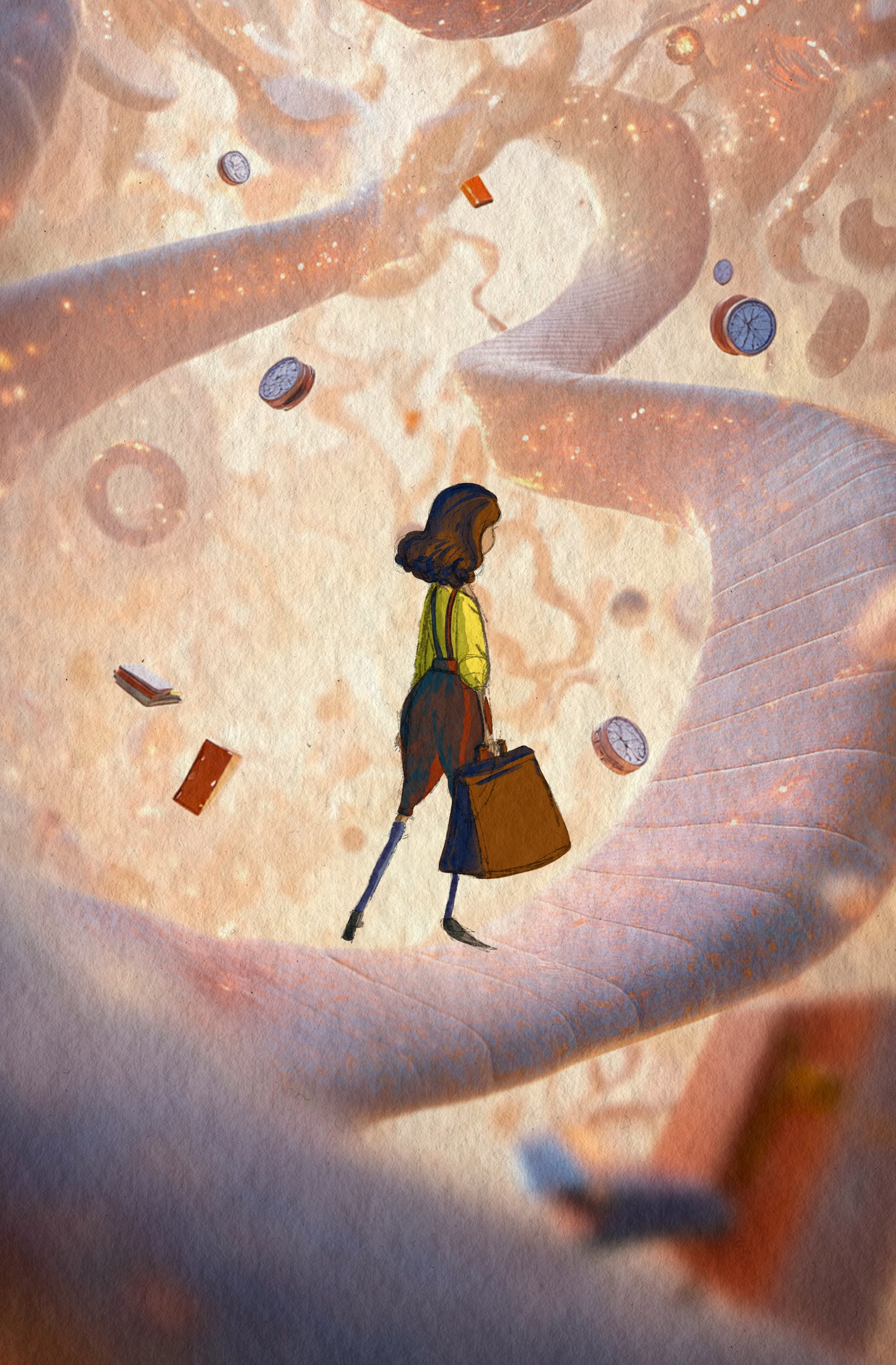Towards a more sustainable feed for New Zealand farmed abalone: Inclusion of insect meal and grape pomace as alternative ingredients
Abstract
Abalone, locally called pāua, is a valuable export product in New Zealand, contributing between NZD $50-60 million annually towards the country’s export economy [1]. Generally, one of the most significant bottlenecks of land-based abalone aquaculture is the high cost of the feed, which can be up to 50% of the production cost [2]. The high price has been attributed to fish meal, which is a key ingredient used in aquaculture feeds due to its excellent amino acid profile and palatability. However, fish meal use has been questioned due to the utilisation of wild fish to feed farmed fish and the exacerbation of overfishing marine resources [3]. Alternative ingredients, such as insects and winery waste products, are potential candidates as protein replacements due to their suitable nutritional profile and more sustainable production. This study aims to 1) develop and characterise alternative formulated feed for pāua (Haliotis iris) using insect meal and grape pomace and 2) evaluate the nutritional and growth alterations in juvenile pāua receiving different formulated feeds for 6 months. Proximate analysis is used to identify nutritional variations in body and faecal matter, and liquid/gas chromatography–mass spectrometry (LC/GC–MS) analyses are utilised to characterise amino acid and fatty acid profiles in tissue samples. Results show a high animal survival rate of 95% and increased seawater stability of experimental diets compared to a commercial feed. Nutritional analyses show no significant variations in animal tissues in terms of protein proportions and amino acid profiles, but differences were found in the lipid proportions and fatty acid profiles. This research will present the evidence to support the potential use of insect meal and grape marc as fishmeal replacements in abalone feeds, leading to a more sustainable aquaculture.
Downloads
Metrics
References
University of Auckland (2021). Office of the Prime Minister’s Chief Science Advisor. https://www.pmcsa.ac.nz/2021/02/21/paua-fisheries-and-industry-led-management/
Fleming, A. E., Van Barneveld, R. J., & Hone, P. W. (1996). The development of artificial diets for abalone: A review and future directions. Aquaculture, 140(1-2), 5-53.
Péron, G., François Mittaine, J., & Le Gallic, B. (2010). Where do fishmeal and fish oil products come from? An analysis of the conversion ratios in the global fishmeal industry. Marine Policy, 34(4), 815-820.
Copyright (c) 2022 Natalia Bullion
Article text:

This work is licensed under a Creative Commons Attribution 4.0 International License.
Photos:
The images in Rangahau Aranga are not covered by the Creative Commons license and are subject to copyright. Permission to reproduce this material must be sought from the copyright holder concerned.






